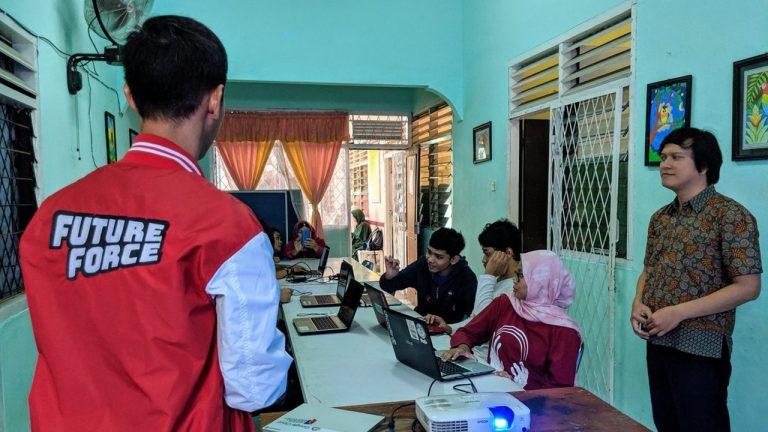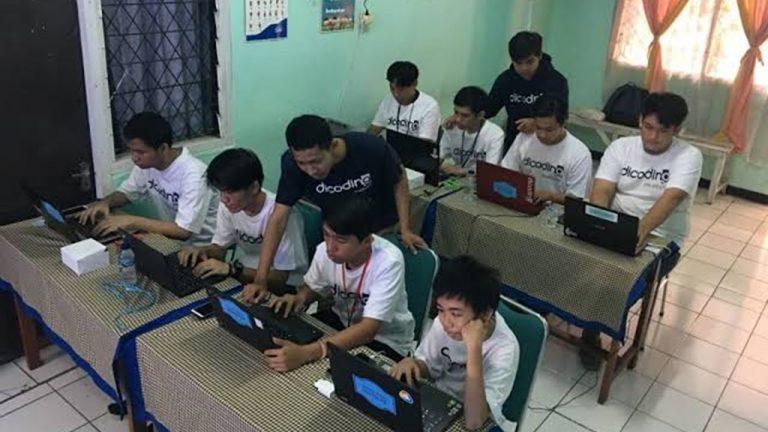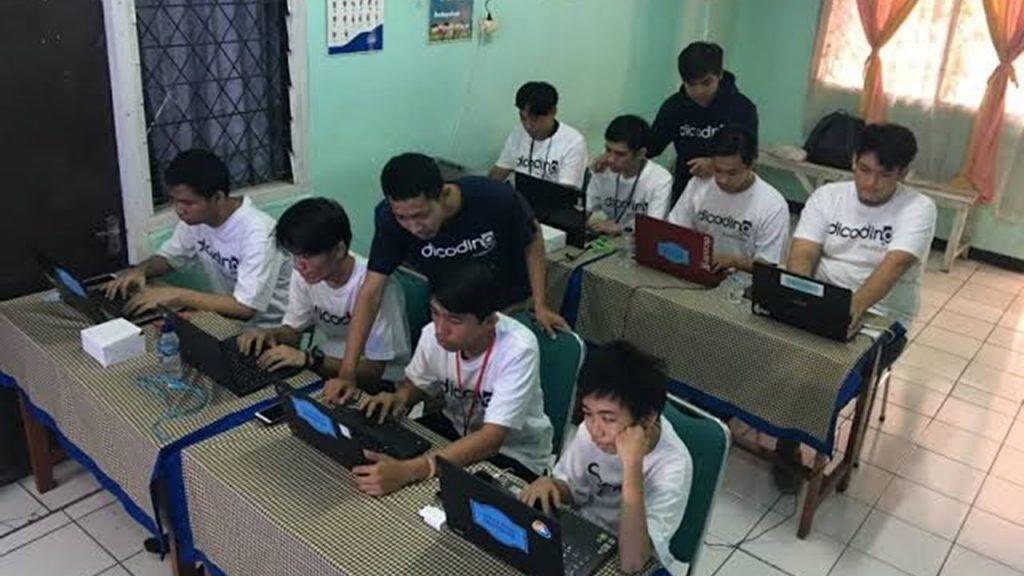



Indonesia
Indonesia is a republic in Southeast Asia. With a population of over 264 million, Indonesia is the fourth most populous country in the world and the world’s largest island nation. Indonesia is also the country with the largest number of Muslims in the world. Indonesia has been a middle-income country since 2007. The country is a member of the Group of 20 most important industrialised and emerging countries (G20) and plays a significant role regionally.
Key socio-economic indicators:
- Life expectancy: 72 years (2018).
- Population growth per year 1.1 % (2017).
- Share of rural population 44 % (2019).
- Per capita income (purchasing power parity): USD 11,812. Rank 104 of 193 countries (2019).
- Distribution of income (Gini): 38.1 = medium. Rank 71 of 159 countries (2017).
- Carbon dioxide emissions per capita (in tonnes): 2.1 (2018).
- Poverty:
- Proportion of people living below the national poverty line 10.6 % (2020).
- Proportion of people undernourished 9 % (2018).
- Global Hunger Index (GHI): 26.1 = serious. Rank 70 of 117 countries (2020).
- Economic Transformation Index (BTI): Rank 50 of 137 countries (2019).
- Human Development Index (HDI): Rank 107 of 189 = high (2019).
Politics
For more than three decades, Indonesia was ruled dictatorially by President Hadji Mohamed Suharto. After severe social unrest triggered by the Asian financial crisis of 1997/98, he was forced to resign in May 1998. The political upheaval was largely peaceful, and Indonesia has since been undergoing a profound process of social change and extensive reforms were implemented. Significant progress has already been made and Indonesia is now considered a largely stable democracy. Indonesia today is a presidential republic – the president is head of state as well as head of government and commander-in-chief of the armed forces. The president’s term of office is limited to two 5-year terms.
Education
As of now, Indonesia struggles to provide inclusive, high-quality education to its citizens. The country has much lower literacy levels than those of other Southeast Asian nations. Tertiary attainment levels, likewise, are very low: The percentage of Indonesians over the age of 25 that had attained at least a bachelor’s degree in 2016 was just under 9 percent, the lowest of all the member states of the Association of Southeast Asian Nations (ASEAN). On the plus side, mean years of schooling among the population above the age of 25 have doubled since the 1980s to eight years in 2016. Since the mid-2000s, Indonesia has implemented a broad range of education reforms, including the decentralization of parts of its school system, improvements in teacher training standards, and sizable increases in education spending. However, public education spending as a percentage of GDP has stagnated over the past decade and remains well below recommended levels for emerging economies . More substantial efforts will be required to overcome structural weaknesses in Indonesia’s system and bring it up to the standards of other fast-developing countries in the dynamic ASEAN region.
Healthcare
Causes of health problems in Indonesia include poor air quality due to industrial pollution, maternal and infant mortality, health problems due to a high smoking rate and various communicable tropical diseases. In 2014, the country spent 2.9 % of economic output on health care, which is well below the global average. Indonesia also has a severe shortage of doctors, and there is a shortage of 500,000 hospital beds nationwide. Nevertheless, there has been a strong improvement in most health indicators. Infant mortality fell and average life expectancy rose to just over 70 years. In 2014, Indonesia introduced the universal health care “National Health Insurance”, which is to cover the entire population in the future.
Economy
The economy of the Next-Eleven-State Indonesia is based on the principle of a market economy, but is influenced by the government in many places. Some large companies are state-owned. Suharto’s achievements in economic development are undisputed. Indicators point to steady economic growth during Suharto’s reign. Among other things, he achieved self-sufficiency in rice and a falling rate of people living below the poverty line. In 1997/1998, an economic crisis shook various states in East and Southeast Asia, which also strongly affected Indonesia (Asian crisis). The currency lost 75% of its value and many companies went bankrupt. Afterwards, however, the Indonesian economy was able to stabilise and, with a growth rate of 5 to 6 % per year, is one of the fastest expanding in the world. The medium-term outlook is considered positive thanks to raw material deposits, a young population and a dynamic regional environment. Indonesia was the world’s eighth-largest economy by purchasing power in 2017. The unemployment rate is reported at 5.6 % in 2017, but many employment relationships are informal and underemployment is widespread. In 2016, 32 % of the total labour force worked in agriculture, 47 % in services and 21 % in industry. The total number of workers is estimated at 125 million in 2016, of which 38.2 % were women.
Our Projects
Cooperation with WonderKoding
Since 2020 we cooperate with the organisation WonderKoding that enables deaf students to code.


